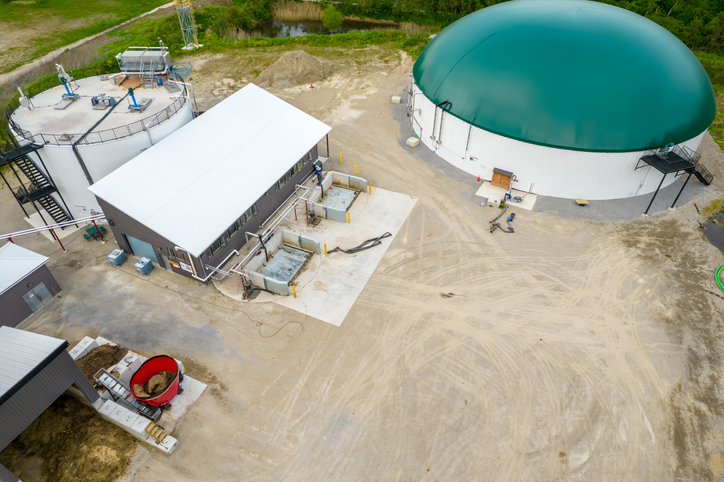A serious injury at a composting facility is a reminder to employers that workers need to be properly trained and show their ability to perform lockout procedures.

Gettyimages/tigerstrawberry
A new and young worker was seriously injured while clearing composted material out of a large bin in 2020. The auger on the bottom of the bin was not locked out. When another worker started the auger from a control panel across the yard, the worker inside the bin was drawn into the auger.
WorkSafeBC found, among other things, that workers and their supervisor were not given adequate instruction, training, and supervision to do their work safely. (See this summary of the investigation for more information.)
To find out more about best practices for safety training, I spoke with Rory Smith. As a safety advisor for AgSafe, Rory works with several mushroom growing employers. The process of growing mushrooms requires a lot of composting because mushrooms are grown on compost.
“Mushroom farms have a lot of conveyors and moving equipment. When workers are cleaning or clearing out jams, often lockout can be overlooked,” Rory says. “Even though you think the energy source is not working, or you feel like no one’s going to press the control panel, you can’t put your life in the hands of other people.”
Unlike other agricultural industries that use a variety of methods for composting waste, mushroom producers use a consistent process. That’s why it’s essential to use written procedures.
“With lockout, it’s a pretty standard process and it has to be done in a certain order,” Rory says. “So having that written procedure can always help employees if they’re not used to the lockout process or haven’t done it for a long time.”
Tell them, show them, watch them
Rory describes a three-step process for ensuring that workers know how to do a job safely.
“You do the theory part by telling them what the hazards are. Next, you give a demonstration of how to perform the task safely, and then you watch them do it,” Rory says. “Too often, that last step is the one that gets missed – and that’s probably the most important out of the three, really.”
AgSafe offers a Lockout – Tagout worker competency checklist for employers and supervisors. Its goal is to help them provide workers with a full understanding of why lockout is important and how to perform it correctly.
“Especially for young or new workers, you really need to go through the process a little bit slower,” Rory says. “They may say ‘yes’ they understand, but you really need to see them do the lockout process, so you know they are competent.”
Another important safety issue for people working with compost is working in confined spaces. Although workers don’t usually work inside the confined spaces, they may need to access them to do maintenance or repairs. This could expose them to lack of oxygen, toxic gases, explosive substances, and several other potentially deadly hazards. For more information, visit WorkSafeBC’s webpage on confined spaces. Also, read my post about safety in compost processing facilities.
Thanks very much to Rory for telling me about his efforts to keep workers safe. Please leave a comment if you have any suggestions for making sure workers know how to perform tasks safely.


